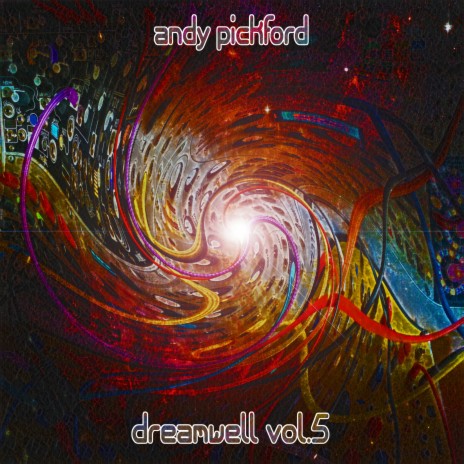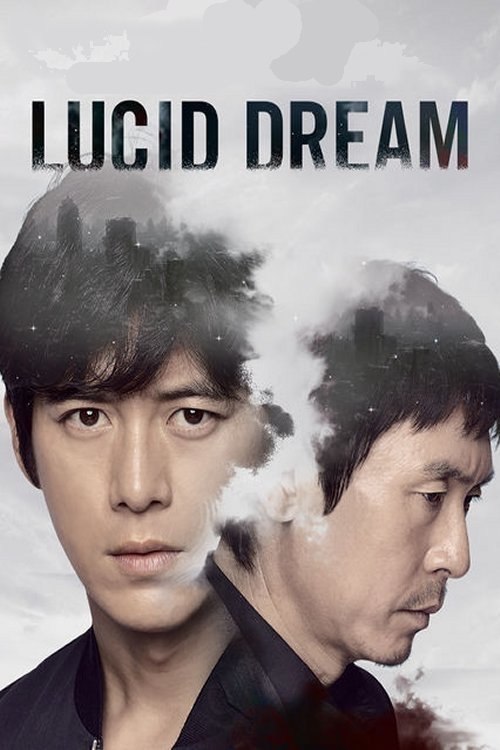
Brues states in his book that a study done in Liverpool showed lucid dreamers are more creative, more apt to problem-solving, and more successful in writing metaphors than non-lucid dreamers. The practice's TikTok hashtag alone has close to 600 million views on videos that encourage and instruct viewers on how to tap into their subconscious mind (and sometimes offer creepy advice on what not to do during your experience).ĭr. It's clear that REM sleep adds to our physical quality of life, so it makes sense why one might want to delve further into their subconscious through lucid dreaming, or dreaming with the awareness that you're asleep.

Though scientists still don't know why dreaming is so important for humans, studies suggest that those deprived of REM sleep suffer may from increased risk of obesity, memory problems, and increased inflammation.

While all this mental activity sounds exhausting, it's actually essential, and it's during this time that lucid dreams come into play. In fact, some of our brain functions during REM are identical to those that occur in wakefulness. This irony was not lost on scientists, which is why this phase is referred to as paradoxical sleep. Although our bodies are technically off-duty when we sleep, our minds are extremely alert during the REM phase. The acronym references the sleep phase defined by the eyes' speedy twitches beneath their lids, which track the vivid mental images in our minds while we dream. Approximately an hour and a half into your nightly slumber, you enter the last (and most important) stage of the sleep cycle: REM, or rapid eye movement. Before you can learn how to lucid dream, though, you have to understand what happens when we sleep.


 0 kommentar(er)
0 kommentar(er)
